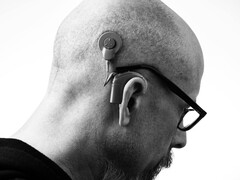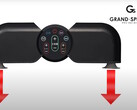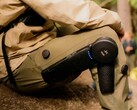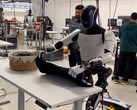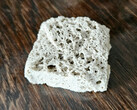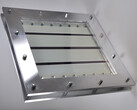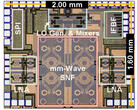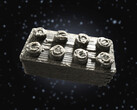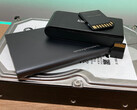A research group from MIT, Harvard Medical School and Columbia University has presented a tiny piezoelectric microphone. It is fully implanted and listens directly to the auditory ossicles.
It therefore represents a significant improvement on current models. The external microphone in particular has a number of disadvantages. Not only are activities such as swimming only possible with restrictions.
Above all, the naturalness of the recording suffers. There is no attenuation by the outer ear, which also makes it possible to orientate the sound, for example. Instead, the sound should be picked up in the same place as in a healthy ear.
The problem is the tiny movements that the auditory nerve interprets as sounds. A piezoelectric material is used here, which sits on a chip just 3 square millimetres in size and 200 micrometres thick. This corresponds to a grain of rice, which is slightly thicker than a human hair.
Thanks to the piezoelectric effect, the circuit can convert the tiny vibrations directly into electricity. However, additional electricity is required to process the signal. The tip of the hammer was identified as the best place for recording. This is the auditory bone that sits directly on the eardrum.
With an additional amplifier, which has also found a place on the microscopic circuit board, the performance should be on a par with currently used microphones. This has been tested on human ears, but currently still in the morgue. Tests on animals are already being planned.
The implantation has also been almost solved. The hearing aid is made of polyvinylidene fluoride, or PVDF for short, which is also used for other implants. Other problems have already been solved with a new process for applying titanium. A shell is still to follow in order to achieve at least 10 years of use directly on the inner ear.




